Devlog #4: Apply Ambient Occlusion
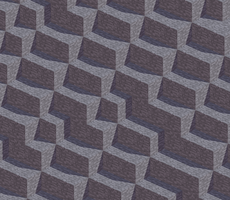
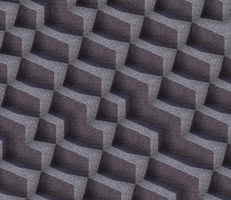
Ambient Occlusion (AO) is a technique used to darken areas where light is naturally blocked by nearby geometry, helping create a stronger sense of depth and contact between objects. In practice, AO is often calculated by estimating how much of the surrounding hemisphere is visible from a given point on a surface.
There are two main types of AO algorithms:
- Static AO – Precomputed during asset creation, where occlusion is baked directly into the geometry or textures.
- Dynamic AO – Computed at runtime, usually based on changing or dynamic data.
Dynamic AO is commonly implemented with Screen-Space Ambient Occlusion (SSAO). This technique samples the depth buffer and uses the reconstructed geometry to estimate visibility for each pixel. The result is then applied as a shading factor across the screen.
However, in voxel-based or procedurally generated games, it’s often more efficient to calculate AO directly during voxel generation.
For reference, you can read a detailed breakdown of Minecraft-style AO here: 👉 0fps.net: Ambient Occlusion for Minecraft-like Worlds.
In my implementation, I simplified the method:
Instead of using 4 AO levels, I only use 3 (as shown in the picture).
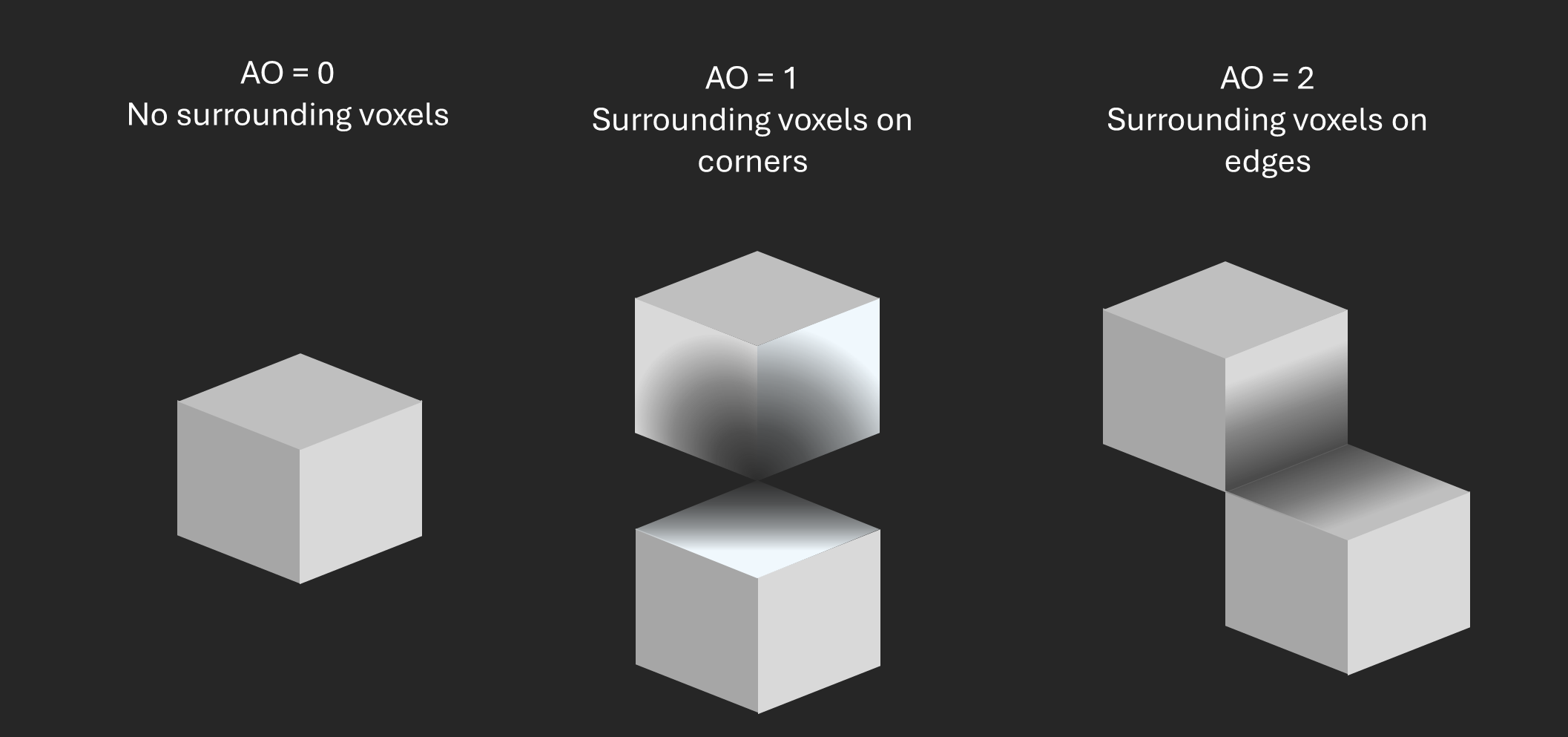
For special case, if a vertex would normally have AO = 1, but there are voxels along its edges, I assign AO = 2.
🔹 Voxel AO Calculation
Each voxel requires checking up to 20 neighboring voxels to determine AO for all its vertices. For each face, specifically, you only need to check 8 neighboring voxels.
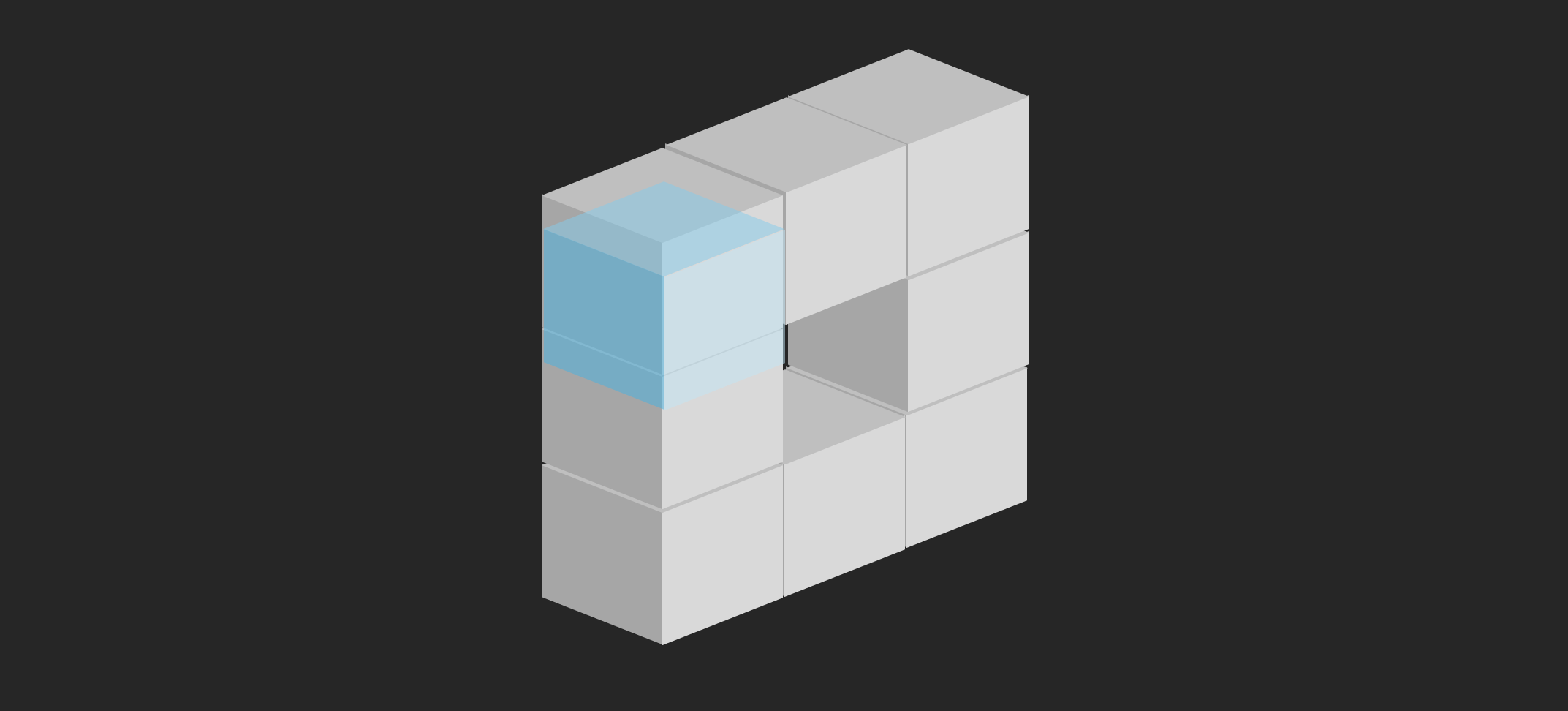
YNL - Vozel
Minecraft-inspired project with optimized voxels, procedural biomes, and advanced shaders in a fantastical world.
| Status | In development |
| Author | Yunasawa |
| Tags | application, Unity, Voxel |
More posts
- Devlog #3: Apply Hidden-face Culling5 days ago
- Devlog #2: Exploring Rendering Methods5 days ago
- Devlog #1.1: Control UIs, ToolTab & ToolViewDec 29, 2024
- Devlog #1: Base renderer & Multi-threadingNov 07, 2024
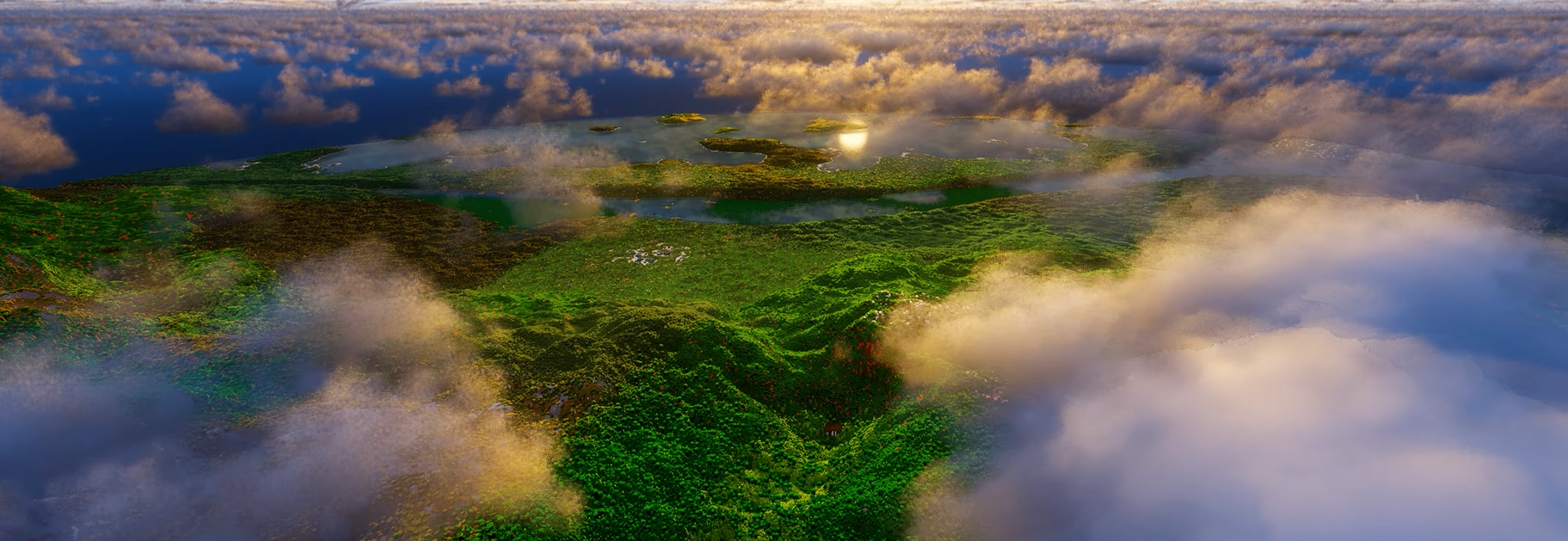
Leave a comment
Log in with itch.io to leave a comment.